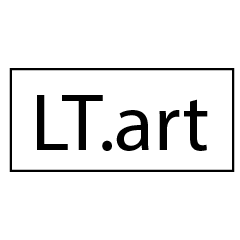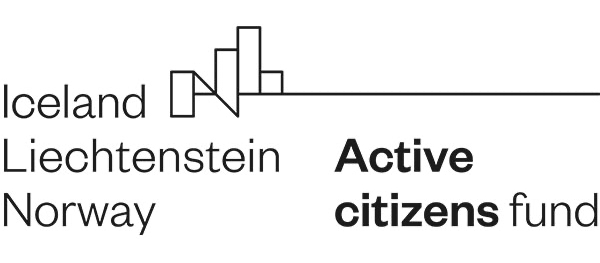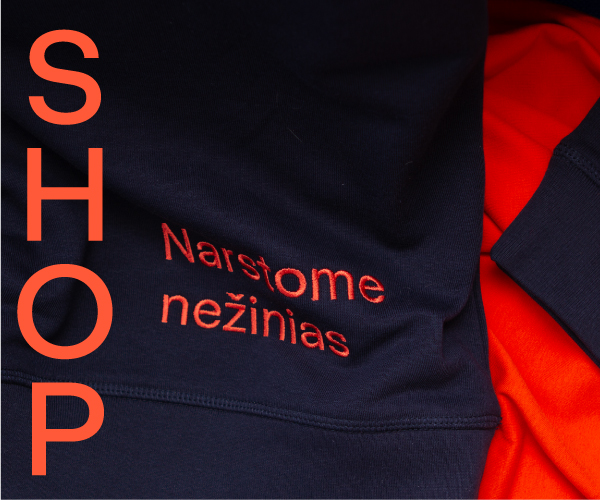(Listen to the audio documentary by pressing the PLAY button above)
A Viennese artist Markus lives in a social housing flat for ten years. He pays 400 euros per month to rent a two-room apartment instead of at least 600 euros. The difference in the price is covered by the municipality of Vienna.
"It's been very crucial for me that I live in a cheap apartment because I was able for the past five years to build a career as an artist. These 200 euros definitely made a huge difference because with that money I was able to pay for the art supplies that I needed for painting. It's very expensive to be a painter," Markus says.
Around 80 percent of the city's residents are eligible to apply for a social housing flat. Vienna is the biggest public owner of social housing estates in Europe. It owns about 220 thousand flats.
One could assume that the rest of the apartments belong to individual private owners. However, almost the same amount of flats are owned cooperatively.
All in all, this makes Vienna a city of renters. Around 60 percent of the city's residents currently live in one of the schemes provided by the social housing system in the country.
"It‘s not just a system where the state has to put in a lot of money. It is actually quite the opposite: the state and the public purse benefits in many ways by providing affordable housing," says Gerald Kössl, a sociologist and a researcher who focuses on housing and its inequalities.
One of the differences between Vienna and other cities in the world is that social housing flats here are incorporated in all districts and most of them are mixed with privately-owned flats in the buildings. It helps to tackle stigma in social housing.
One of the largest newly-developed accommodation projects in Vienna is the quarter called Sonnwendviertel. As we were walking around we met Michael sitting on a curb. He is a specialist in telecommunication and technical support and a father of two.
"The whole quarter was built five-six years ago. Everything is completely new. It was built instead of a big railway station here," Michael says.
Sonnwendviertel is split by tramway rails right in the middle. To our surprise, so close to them that it’s almost on them there was a garden. An older man was working inside, watering plants.
Werner himself does not live in Sonnwendviertel. However, because the new neighborhoods are so mixed, connecting groups of different ages and classes and prioritizing common areas, other residents can also use various infrastructural facilities of these developments and contribute to the wider well-being of the community. This way the community grows stronger and can better represent its interests when problems arise.
We also went to a place called "Bikes and Rails" located near the garden. On the first floor of the house, in a cafe, we found Philipp who lives and works here. Little did we know that this house and the community living in it, a syndicate, is one of the most special in the whole district.
This newly-built apartment building is owned by residents who have joined the association "Bikes and Rails". It belongs to an umbrella association called "HABITAT" which came up with this alternative communal ownership scheme that unites people with similar values and ideas.
-
Friend €5 mo.
We will mention your name in a new episode of the NARA podcast and invite you to a closed NARA community Facebook group. We want to create a safe space for communication.
-
Penpal €10 mo.
We will send you a postcard with a photo taken by NARA photographers and a thank you note.
(+) everything listed above. -
Advisor €30 mo.
We want to meet you, in person or online, and discuss journalism or another topic that is interesting to both us and you. We are ready to listen to your advice.
(+) all of the above -
Patron €100 mo.
We will send you a large-format print of your choice from the NARA photo collection and thank you in every podcast episode. May your contribution be seen.
(+) all of the above




















